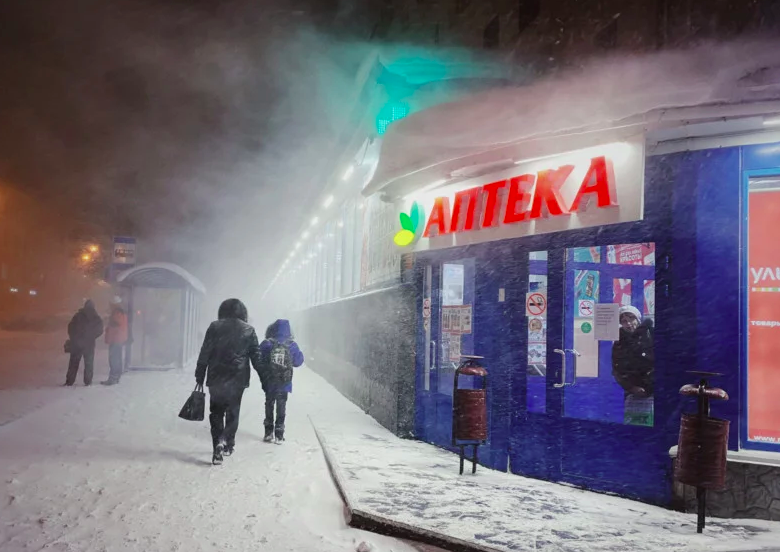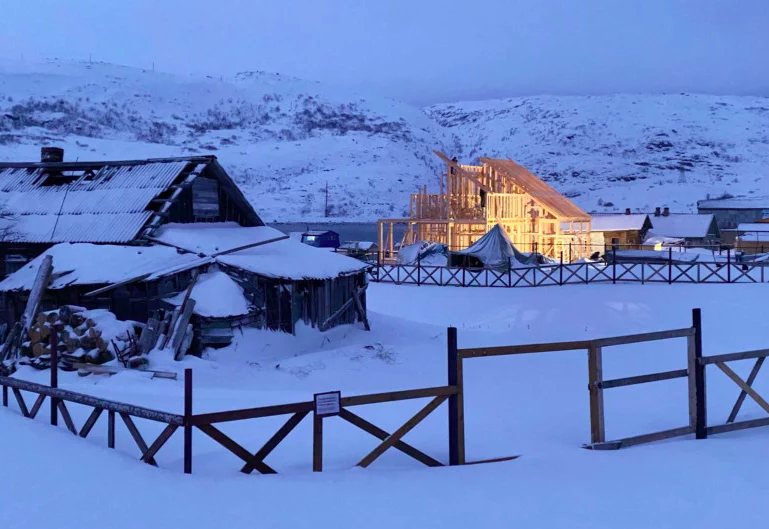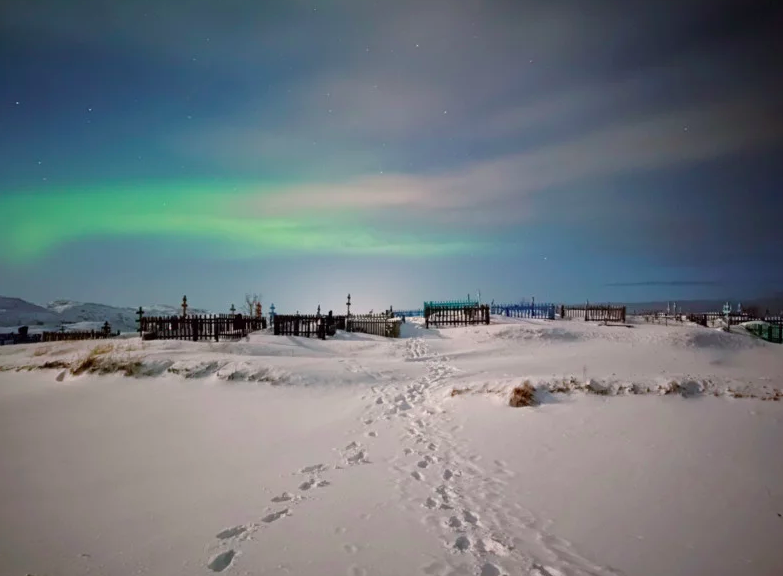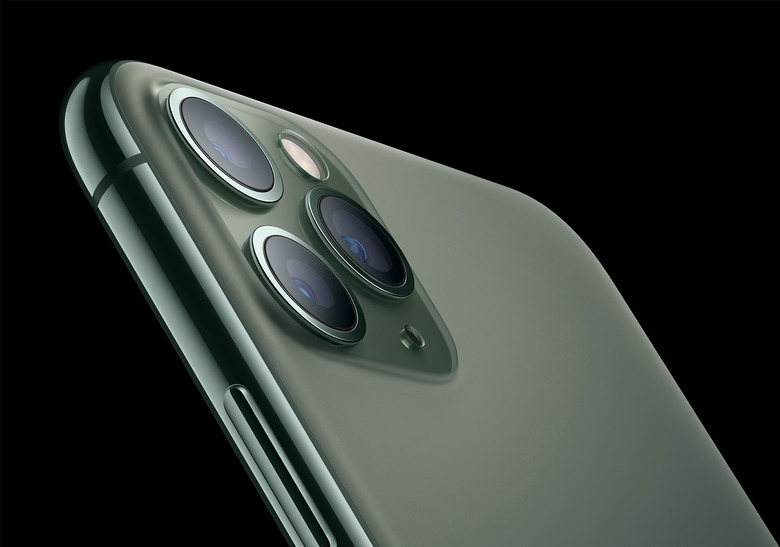iPhone 11 Pro's Night Mode Beautifully Captures This Russian City's 40 Days Of Darkness
"Winter is coming" is a pop-culture catchphrase to most of us, but it means something protracted, nocturnal and strangely beautiful in the Russian city of Murmansk. The Arctic circle's biggest city, founded in 1916 by Tsar Nicholas II, Murmansk is now home to a few hundred thousand people, in addition to being home to an extraordinary natural phenomenon — one so-called "polar night" after another.
For a little more than a month every year, Murmansk's hardy residents deal with what it means to live in a city where the sun doesn't shine for days on end. For some 40 days, in fact, there is no sunrise in this cold port city often blanketed by snow — where summer only lasts a week or two at most, the northern lights sparkle in all their glory, and the city deals with constant, beautiful darkness. The weather is so peculiar here that days can start with a wintery chill and end with a spring-like blast of sun (yes, there are "polar days" here too, periods when the days never change to night). Those long nights are an uncommon wonder to see — especially if you're a photographer like Amos Chapple, who took along his iPhone 11 Pro to see what kind of images he could capture depicting life in a place where the sun doesn't shine.
Amos' photos of Murmansk have appeared in outlets including PetaPixel as well as The Guardian, and you can check out some of them below. For his photos, he used night mode most of the time on his new iPhone 11 Pro, which can also automatically detect and adjust for low-light situations.
If you want to experiment with night mode on the phone yourself, you just tap the Night Mode icon and then use the slider above the camera shutter to pick either "Auto" or "Max" — the first setting, of course, being the one that lets the camera decide how long to shoot, while the latter takes the longest Night Mode shot.
PetaPixel in recent days ran a compelling collection of Amos' photos, which include respectful images of the city's monuments; of residents going about their day; of historic homes and other public structures. It's a fascinating set of images that shows off how powerful a camera replacement the iPhone has grown to be, and here are some examples of Amos' iPhone shots of this city covered in night:



